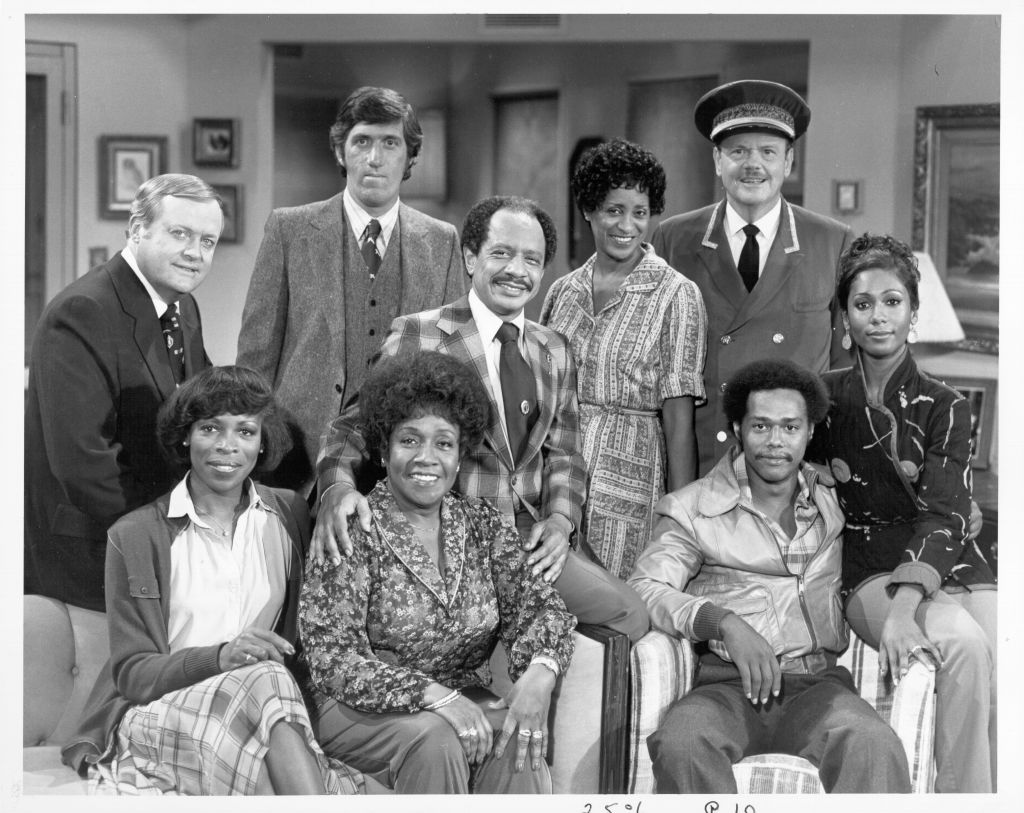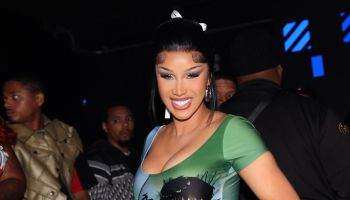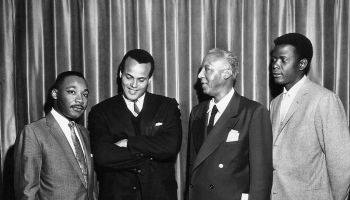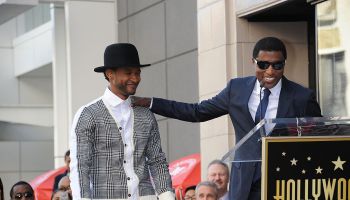
Source: Michael Ochs Archives / Getty
Well known screenwriter and film producer Norman Lear died on Tuesday (Dec. 5). This week we dedicate our ‘What to Watch’ list to his many contributions to television. Lear helped kickstart the careers to many notable Black talents like Sherman Hemsley, Marla Gibbs and more. Check out our special Norman Lear inspired ‘What to Watch’ TV list inside.
Norman Milton Lear born July 27, 1922 died of natural causes at 101 years old. The beloved screenwriter and producer wrote, created and developed over 100 shows, nearly one show for every year that he graced the Earth.
The “All in the Family” producer and former military veteran is said to have made sitcoms into a form of patriotic dissent. He’s best known for shows like “The Jeffersons,” “Maude,” “Good Times,” “Sanford and Son,” “The Facts of Life,” and “Archie Bunker’s Place.” His shows introduced political and social themes to the sitcom world.
Lear received several awards throughout his lifetime, including six Primetime Emmy Awards, two Peabody Awards, the National Medal of Arts in 1999, the Kennedy Center Honors in 2017, and the Golden Globe Carol Burnett Award in 2021. He was a member of the Television Academy Hall of Fame.
Lear was also known for his political activism and funding of liberal and progressive causes and politicians. In 1980, he founded the advocacy organization People for the American Way to counter the influence of the Christian right in politics, and in the early 2000s, he mounted a tour with a copy of the Declaration of Independence.
Aside from his countless political and activism contributions, it was his ability to put Black talent at the forefront of network television that cemented him as one of the greats amongst the Black television community.
This week we dedicate our ‘What to Watch’ TV list to Norman Lear as we explore the popular Black sitcoms the TV and film producer helped create throughout the years.
Check out a gallery of our favorite Lear produced TV sitcoms below:
1. The Jeffersons
Source:YouTube“We’re moving on up, to the East Side, to a deee-luxe apartment in the sky … .” This spinoff from Lear’s “All in the Family” is about literal upward mobility. African- American couple George and Louise Jefferson move into a swanky high-rise building. George is an obstreperous, often rude guy who thinks his wealth should get him anywhere he wants to go. His wife is more levelheaded and often cuts him down to size when his schemes go awry.
2. Good Times
Source:YouTubeFlorida and James Evans struggle to raise their kids – irrepressible artist JJ, voice-of-reason Thelma, and politically active Michael – in a Chicago housing project. They have help from wisecracking neighbors, buffoonish building superintendents and friends.
3. Sanford and Son
Source:YouTubeJunk dealer Fred Sanford runs roughshod over his son and partner, Lamont, in a groundbreaking sitcom. Fred’s moneymaking schemes routinely backfire, and he does just about anything to get out of working — up to and including faking a heart attack. He’s rude, sarcastic, outspoken, overtly prejudiced, and pretty darn nasty to his friends and family.
4. The Facts of Life
Source:YouTubeThough not a fully Black sitcom, it did introduce us to the talent that is Kim Fields as Tootie.
“You take the good, you take the bad … .” Originally set at the prestigious Eastland School for Young Women, housemother Mrs. Garrett is the caretaker and confidante of a special group of girls. Over time, this group shrinks to be centered on only four young women: wealthy and spoiled Blair, gossipy Tootie, eager-to-please Natalie and tough girl Jo. Over the years, the girls graduate from school, and the story lines evolve with them.
5. 704 Hauser
Source:YouTubeThough this show starring John Amos only lasted for one season, it was a great effort to uplift more Black talent at the time.
The show followed black family lives in Archie Bunker’s old home in Queens.
6. Palmerstown, U.S.A.
Source:YouTubeTwo boys in the South, one white and one black, become friends during the Depression.








